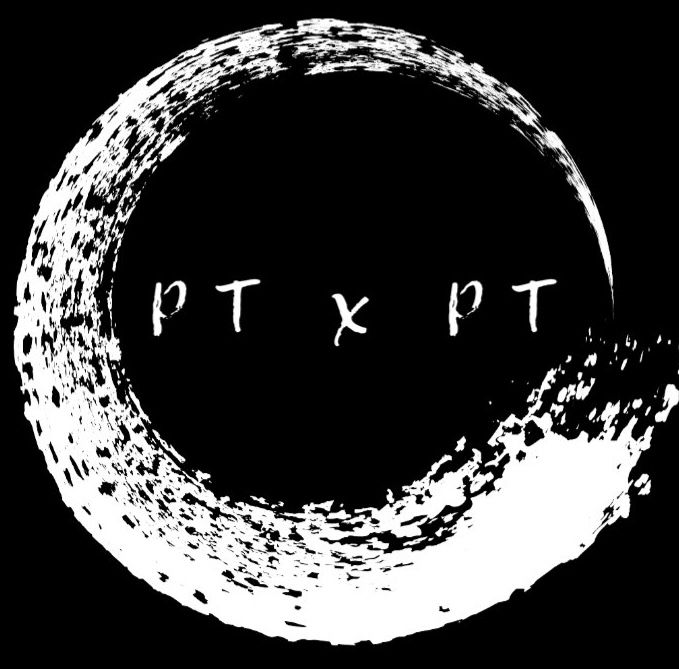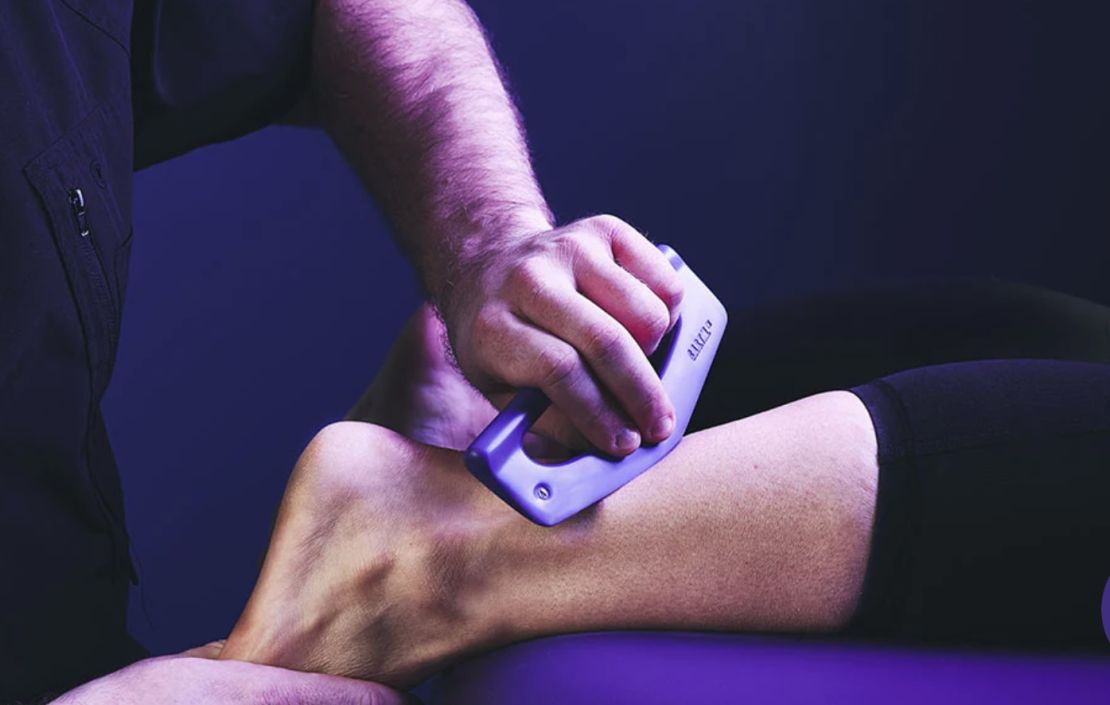
SASTM Progressive Therapy Massage

The SASTM Method is a form of soft tissue mobilization, which enables clinicians to efficiently locate and treat soft tissue dysfunction. Instruments provide clinicians with a mechanical advantage, preventing overuse of the hands.
SASTM detects and treats fascial restrictions, areas of soft tissue fibrosis, chronic inflammation, or degeneration.
Results from our in-session treatment are accelerated with at-home stretches and exercises designed to restore you to your pre-injury level of activity. Flexibility, strengthening, muscle re-education, as well as orthopedic adjustments provide you with optimal results in a minimal number of treatments.
The SASTM Method is effective because:
• Instruments effectively break down fascial restrictions and scar tissue.
• Research shows that instrument assisted soft tissue mobilization simulates fibroblast proliferation which is an important first step in the healing process.
What can the Client Expect?
• A brief scan of the area with the instruments to assess if there are any soft tissue restrictions, as well as determine their level of reactivity to the instruments.
• Instruments used until restrictions have been reduced to an acceptable level.
• A progressive therapy for your issues set in a relaxing atmosphere.
•A home program that will include stretching and strengthening.
• The possibility of some post treatment soreness from the instruments. This is a normal occurrence and should subside by the third or fourth visit.
• Possible mild bruising. This occurs from a controlled micro-injury that causes microvascular trauma that induces a localized inflammatory response.
• A substantial decrease in severity of symptoms by the 4th or 5th visit.
Who can Benefit from the SASTM Method?
Based on literature and clinical research, soft tissue mobilization has been used to restore function and reduce pain in these conditions:
1. Medial Epicondylitis, Lateral Epicondylitis
2. Carpal Tunnel Syndrome
3. Neck Pain
4. Plantar Fasciitis
5. Rotator Cuff Tendonitis
6. Patellar Tendonitis
7. Tibialis Posterior Tendonitis
8. Heel Pain / Achilles Tendonitis
9. DeQuervain’s Syndrome
10. Post-Surgical and Traumatic Scars
11. Myofascial Pain and Restrictions
12. Musculoskeletal Imbalances
13. Chronic Joint Swelling Associated with Sprains/Strains
14. Ligament Sprains
15. Muscle Strains
16. Non-Acute Bursitis
17. Back Pain
18. Trigger Finger
19. Hip Pain (Replacements)
20. IT Band Syndrome
21. Shin Splints
22. Chronic Ankle Sprains